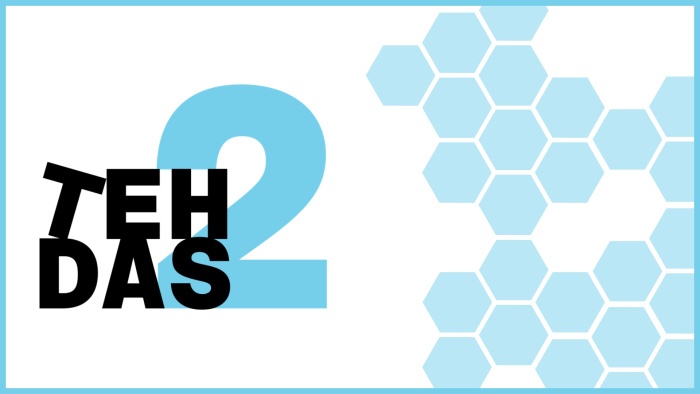Still plenty of unsolved problems in electronic reporting

© elenabsl - stock.adobe.com
The electronic input, sending and processing of data concerning dangerous diseases offers many opportunities but in the field of electronic reporting there are still numerous obstacles that have to be overcome. For physicians who are obliged to report by law the report itself definitely has to be simplified substantially and automated wherever possible.
In the optimization of reporting channels, the use of data standards and scientific use of existing data collections concerning notifiable diseases there are still many unresolved issues in Germany. This was evident from the "Electronic Reporting" workshop held by the National Research Platform for Zoonoses, which took place in Berlin on July 1 and 2, held by the organizational management of its site at TMF and which provided an occasion for the present TMF interview.
PD Dr. Gérard Krause is head of the Department for Infection Epidemiology at the Robert Koch Institute (RKI), Dr. Sylvia Thun is head of the Department of Medical Classification at the German Institute for Medical Documentation and Information (DIMDI), and Frank Oemig (Agfa HealthCare GmbH) is Solution Manager for interfaces and a member of the standardization body HL7.
Where is data concerning notifiable diseases collected in Germany and why is electronic reporting becoming increasingly important?
Krause: Laboratories, physicians' practices and hospitals notify the local public health agency, which sends the verified reports to the RKI via the regional offices. The RKI subjects the data to scientific evaluation, e.g. in order to record trends, and checks the outcome of national prevention and containment measures. For this purpose the data has to be sent with minimal delay, in its entirety and correctly. This can be achieved more efficiently and less expensively through electronic reporting channels.
Do physicians and laboratories fulfill their legal notification duties reliably?
Krause: It varies. Some physicians and laboratory managers are reluctant to accept the administrative effort or are not aware of all the notification duties. Both can be improved by electronic reporting.
How does industry support hospital physicians in the electronic reporting of diseases?
Oemig: Our HIS "ORBIS" supports electronic reporting using forms so that physicians have as little effort as possible when submitting notification reports.
The DIMDI promotes the use of data standards nationally and internationally. What are the difficulties?
Thun: Generally speaking, IT standards are still used too seldom in electronic reporting and in the healthcare system. We need more unified requirements at federal level.
Where do you currently see challenges for electronic reporting?
Krause: Physicians, hospitals, laboratories, and public health agencies use many different administration programs. It is difficult to make the electronic report compatible with all these programs.
Thun: In my opinion, the institutions responsible for data requirements should cooperate more efficiently at national and international levels.
Oemig: I still see deficiencies in content specification, for which the Clinical Document Architecture (CDA) is used in other countries. Manufacturers should be able to download the code of practice in an executable form from a central location such as the DIMDI.
Dr. Sylvia Thun
German Institute of Medical Documentation and Information
Frank Oemig
Agfa HealthCare GmbH
PD Dr. Gérard Krause
Robert Koch Institute
Downloads [in German]


